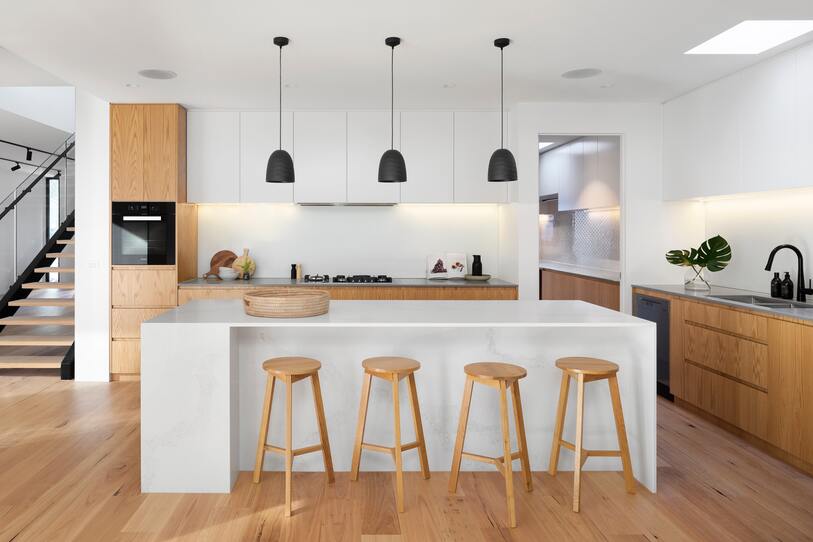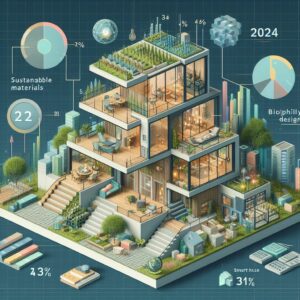A lot can go wrong while planning house design. You can make use of this thoughtful guide to avoid any of these errors.
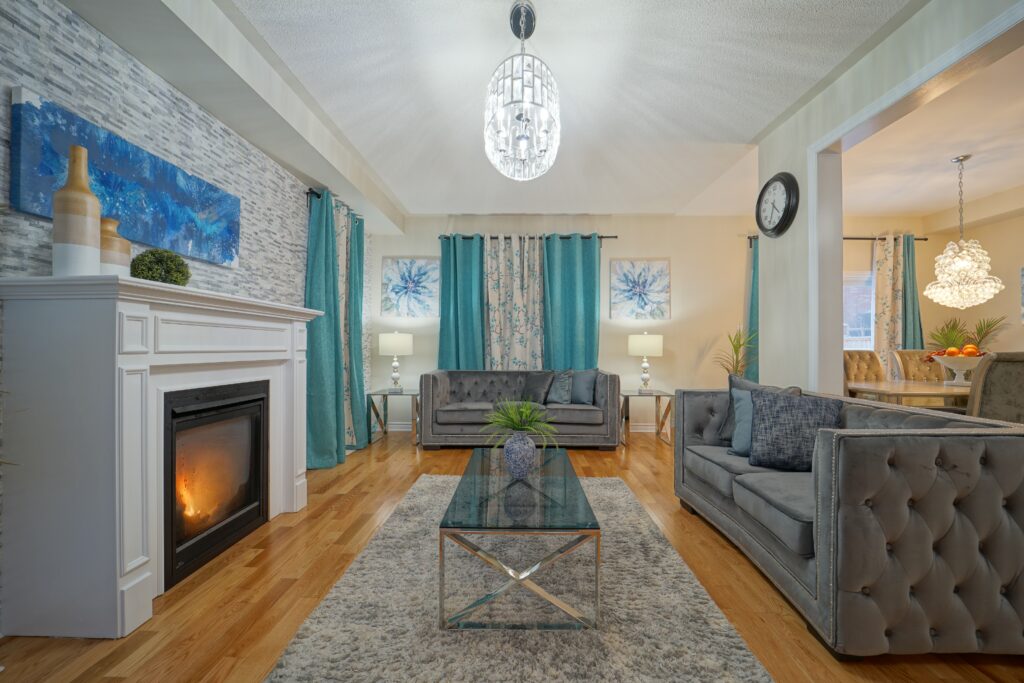
Common mistakes made by homeowners when getting their homes designed
When it comes to renovating a home, there are some common mistakes that homeowners make. Knowing what to avoid will not only save your time but will also aid in cost-cutting. Here’s a list of things to avoid when getting your home designed: Keep reading:
Brace yourself and dive in:
1. Formulate a Tentative Map of Your House
You can start with formulating an informal map for your space. This will primarily include ways in which a particular space should be utilized. Don’t start with square footage or number of bedrooms in the house. Instead, think about how much space you need and what kinds of rooms will make the most sense for your lifestyle. For example, you can start from the living space. The living space should be more spacious than any other room in the house. The size and layout of your kitchen should be based on how many people live there, as well as their cooking habits (do they cook often? Will they host dinner parties?). The kitchen should be somewhere near the living space and the bedroom space can be personalized as per your preferences. If you have young children that are growing up quickly, an extra bedroom may become necessary very soon—so consider whether or not having one is worth it in the long-term. This way, you will have a rough idea of how you want things to be before diving into the project.
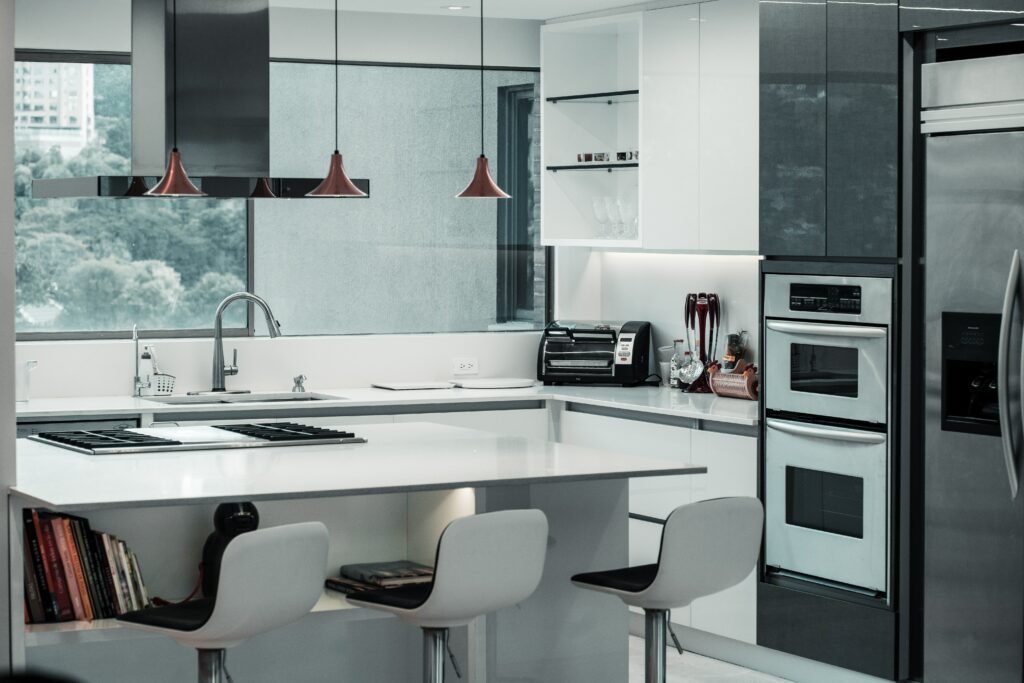
2. Bathroom Fittings
Always buy bathroom fittings before you start your plumbing works. Or alteast, ensure that you have selected them. Example: Your choice of wash basin will determine the height of the Vanity Counter. The WC you choose will determine the plumbing points. The Shower panel you choose should align with the plumbing points again. Also be very careful while selecting a shower panel and involve the supplier company as most plumbers don’t have proper understanding of latest panel. Incorrect choice or faulty fittings can create a lot of heartburn and any mistake means you have to break tiles and redo lot of things or live with a compromise! Read Hacks To Design A Functional Bathroom.
3. Extra Box of Tiles
Tiles are manufactured in batches and once the previous stock is over, you won’t be able to find the same tiles that you bought in the store. To balance any inadvertent usage, an extra box of tiles must be kept in stock.
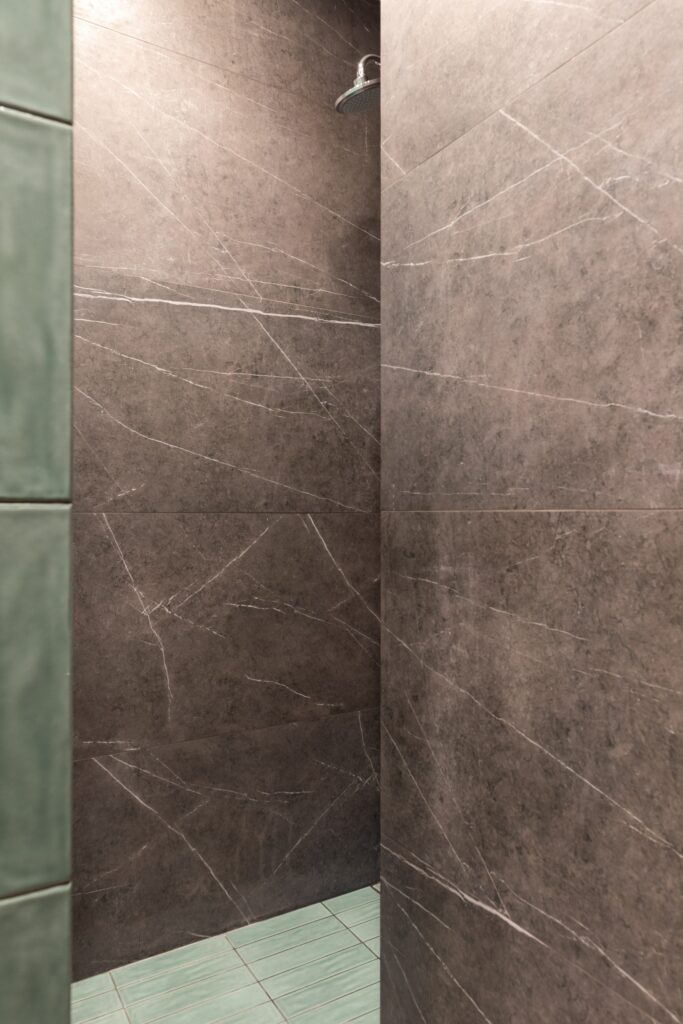
3. Power Sockets for Kitchen
If you are planning to go for a full-scale modular kitchen and buy cooking equipment with electric igniters, make sure to install an apt amount of power sockets that are concealed inside the platform. Talk to your contractor if something like that is needed.
Spent a good amount of time on planning the positions of the sockets. It will be a slow and long process but will be finally worth it!
4. Countertops for Kitchen
Your countertop should be durable, easy to clean and maintain, and also easy to install. There are many different types of countertops available in the market today. You can choose from granite or quartz or even artificial stones. First ensure that the countertop is of food grade and is not porous. Indians use heavy amounts of juices and spices, and a Granite platform ends up being the most durable and functional choice in Indian households. The last thing you want is stains on a newly installed countertop! Also, check out the latest designs for “edge finishing” – should the edge be bull nose, chamfered, or just a slight edge. Most people overlook this while planning house design.
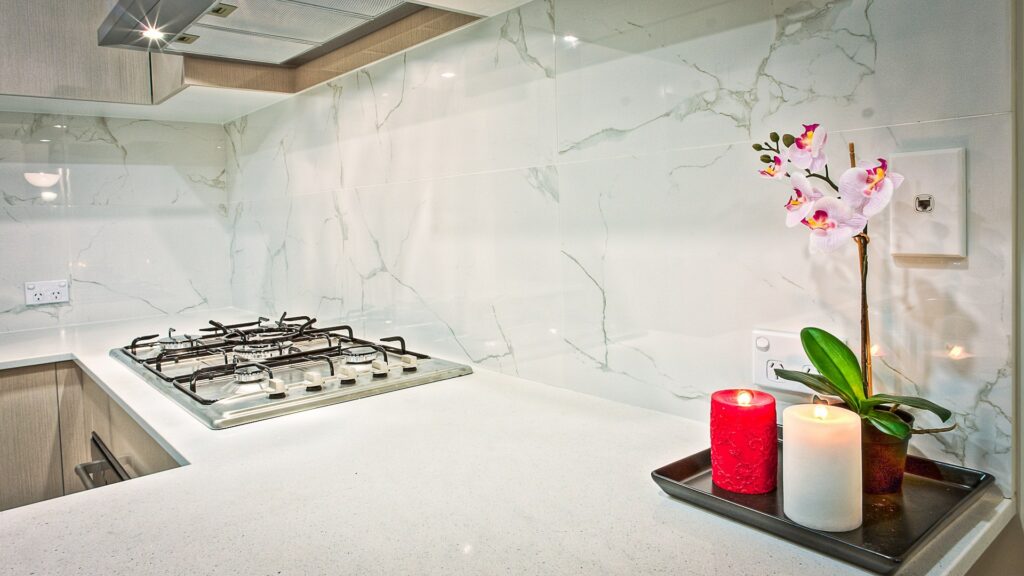
5. Plywood for Kitchen & Bathroom
Areas that are more prone to getting wet often should have marine plywood installed in them. The cost of marine plywood is greater compared to commercial plywood but it lasts longer than commercial plywood.
6. Leakage Issues
If you are going for a complete renovation and your building has leakage issues, make it a point to break the walls first. Ask your contractor to break the wall plaster, get the required work done, and then go for flooring. It will ensure minimal contact of water with the floor.
7. Grill for Windows and Balcony
The whole point of getting a grill installed is safeguarding yourself and your kids from potential mishaps. Square bars serve this purpose better than cylindrical bars. Because of their angles, they are physically stronger than cylindrical bars. Square bars are resistant to bending, unlike cylindrical bars. Grills can look a bit low on design, so choose designer grills with Scandinavian looks to make them look pleasing and as a part of the theme.
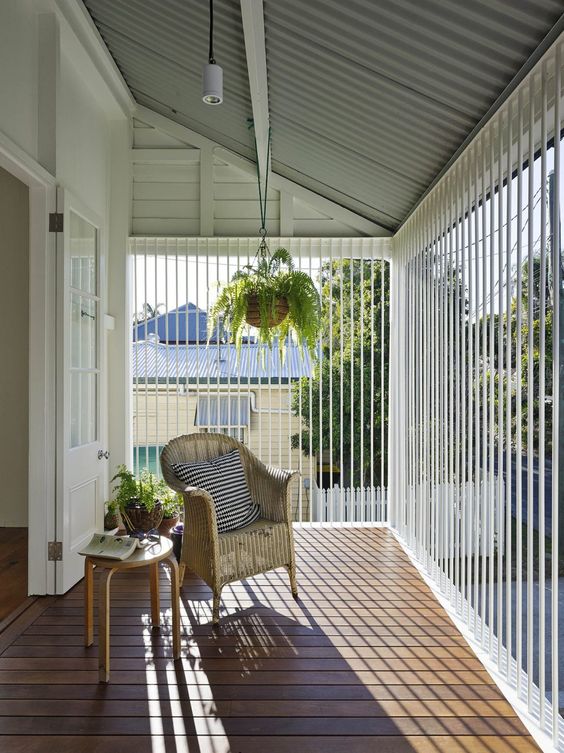
8. Wall Hung Toilet Seats
Getting wall-hung commodes installed is beneficial as they stick close to the wall. They make your toilet appear more spacious and neat. Moreover, cleaning near the base of wall-hung commodes is easier. The cistern remains concealed inside the wall.
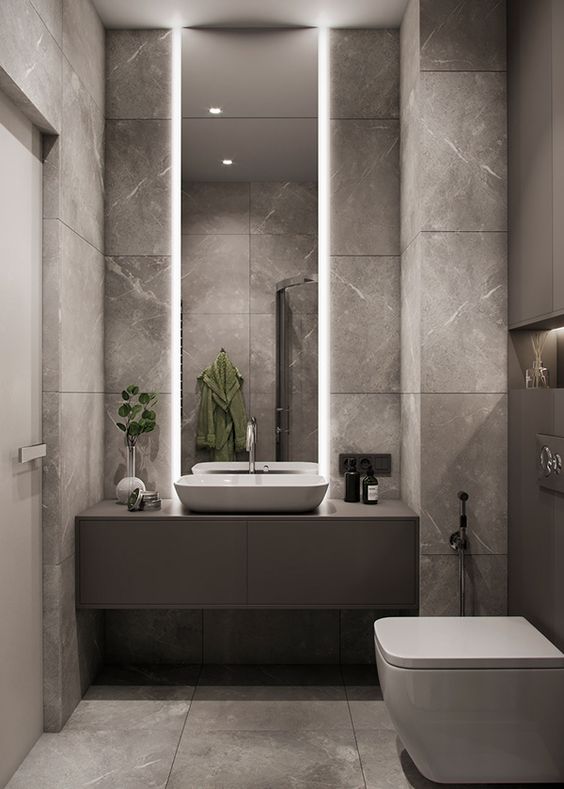
9. Bathroom Flooring
To avoid skidding, opt for Matt finish tiles. Glossy tiles easily cause skidding, when wet. You can also go for anti-skid tiles if your budget allows it.
10. Provision for Gas Pipeline
If your city has a gas pipeline, it is possible that your building may get it in the future. Talk to the contractor to find out if he can avail a provision for a gas pipeline. Piping from the gas outlet to the burner should ideally be exposed or easily accessible to detect and rectify any unwanted leakage.
11. Kitchen Walls
Who said tiles are only for bathrooms? Installing tiles in the kitchen is a brilliant idea. They are extremely easy to clean and maintain. While choosing tiles for Kitchen, make sure walls are in plumb line as it will create gaps when you fix the modular kitchen.
12. Door Frames
Use a good quality wood for door frames. The best wood for frames in a Chaap or Teak. Avoid using woods like marandi or pine wood as they will contract and expand with changing seasons! Also, you can go for granite frames in bathrooms where there is more water spillage and steam. They are firm and last longer.
13. Fixing of Wallpapers
While planning wallpapers, ensure that there is no leakage or water point on the wall. Any leakage will spoil the wallpaper. Also, measure your wall properly before placing an order for wallpaper. A wallpaper is typically 54sqft and you will need 20-30% more than the wall area for the wallpaper due to wastage or to adjust the pattern.
Ask your contractor to apply 2 coats of oil primer before the wallpaper is fixed for durability. Also, ensure that the edges of the wallpaper are not exposed to walkways or corridors as they are chances of tearing off as someone may advertently brush on the edges. To protect the edges you can use L shaped profiles
14. LED Lights and False Ceiling
Installing LEDs in living rooms is a great idea to ensure less power consumption. LEDs also allow you to control the amount of light you want inside a room or corner.
15. Tube Lights
Despite having LEDs, it is essential to get sockets and points for tube lights installed. When you want the complete room to be flooded with brightness, tube lights come in handy.
16. Warranty Cards
Ask for warranty cards for everything – from bathroom fittings to air conditions, modular furniture and even site works. Contractors normally give a 12 month defect liability guarantee – which means any defect in fixing or quality will be rectified by them. Modular suppliers give a warranty from 5 years to 10 years.
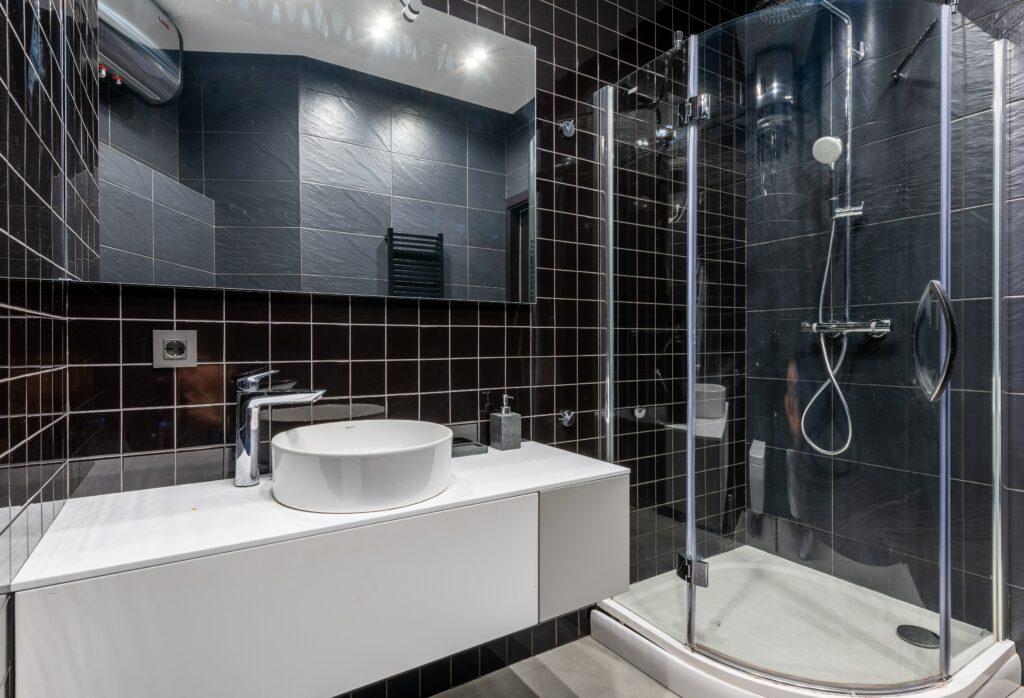
17. Vegetable Baskets
Install a net over the vegetable basket. This safeguards your veggies from pests.
18. Rusting of Grills
Always use “Anti Rust Epoxy” before painting the grills. This safeguards the grill from rusting.
19. Last Payment
Hold about 3-5% of the last payment for about a week or so after settling into the house. Hiring an interior designer is a good idea to planning house design and budget. Renovation is typically the second largest investment one makes in a lifetime (after buying a house), so you don’t want to go wrong on this!
Make a list of everything that you want to get done and everything that you don’t want. We’re sure that this article will definitely help you avoid these renovation mistakes. Happy renovation to you!

